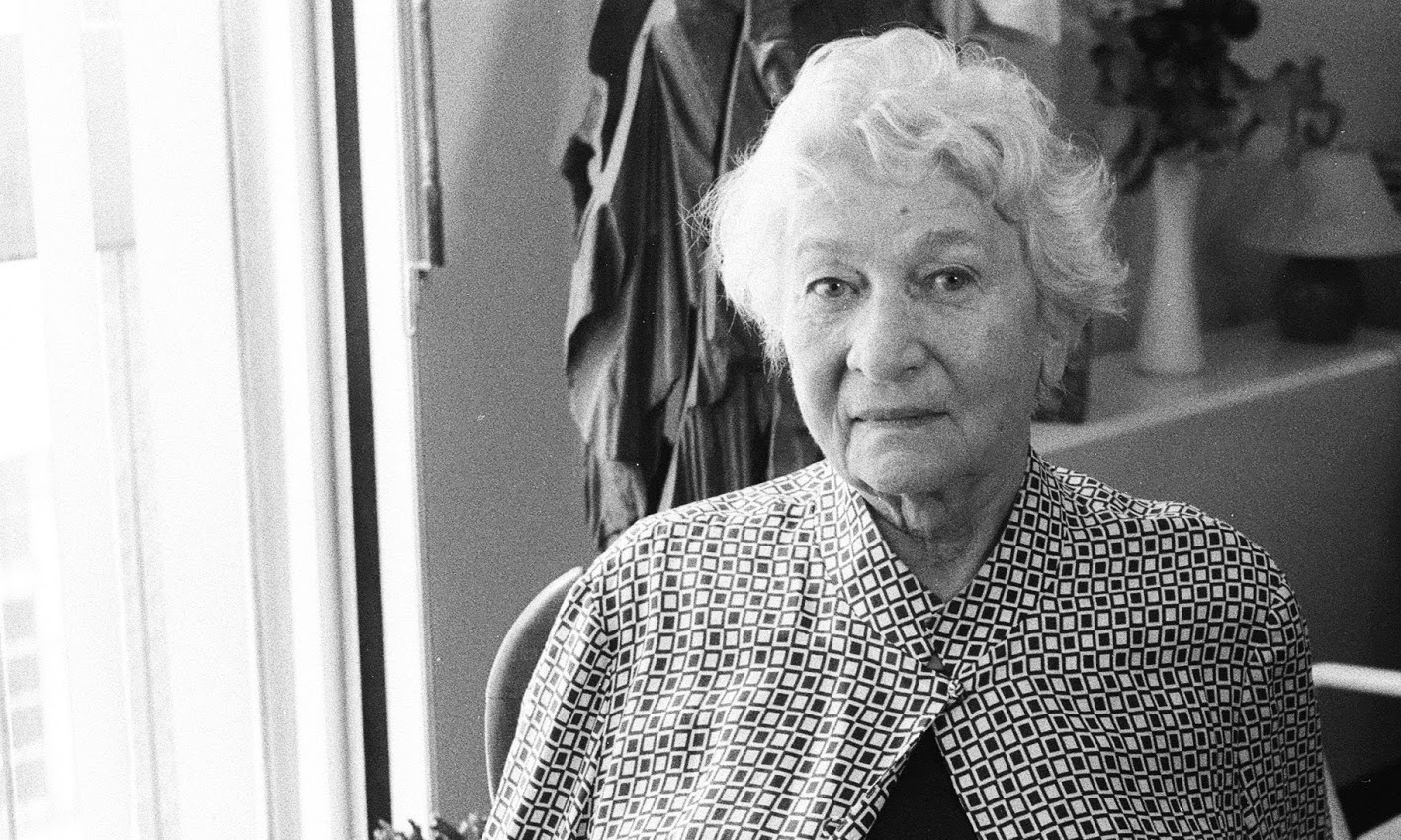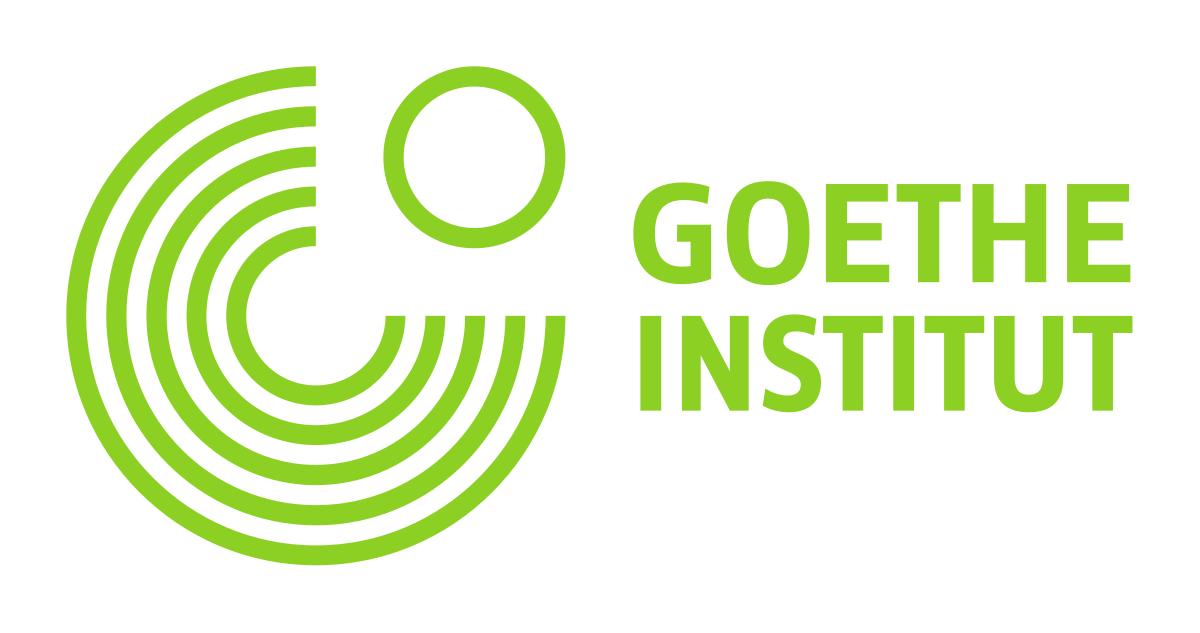Éliane Radigue: Occam Ocean
Éliane Radigue: Occam Ocean

Photo by Eleonore Huisse
Pace Gallery
New York, NY 10001
Éliane Radigue (b. 1932) is a pioneering French composer of undulating continuous music marked by patient, virtually imperceptible transformations that purposively unfold to reveal the intangible, radiant contents of minimal sound—its partials, harmonics, subharmonics and inherent distortions. As a student and assistant to musique concrète pioneers Pierre Schaeffer and Pierre Henry in the ’50s and ’60s, Radigue mastered tape splicing techniques, but preferred the creation of fluid, delicately balanced feedback works to the spasmodic dissonance of her teachers’ music. Finding peers among minimalist composers in America, Radigue began working with synthesis in 1970, eventually discovering the ARP 2500 synthesizer, which she would use exclusively for her celebrated electronic works to come. With remarkable restraint, Radigue spent years on each piece, painstakingly assembling series of subtle, pulsating ARP recordings to be later mixed meticulously into hourlong suites of precise, perpetual mutation, including masterpieces Trilogie de la mort and Adnos I-III. In 2001, Radigue adapted an early feedback work to live performance on electric bass, Elemental II, and in 2004, with the encouragement of ongoing collaborator Charles Curtis, she permanently abandoned electronics for acoustic composition, beginning with Naldjorlak for solo cello, composed for Curtis. As within each individual work, Radigue has maintained an obstinate focus throughout the flow of her career, her dedication to the materiality of sound earning her numerous accolades and ensuring her place as one of the most important composers of our time.
Occam Ocean is an ongoing series of solo and ensemble pieces composed by Radigue for individual instrumentalists in which a performer's personal performance technique and particular relationship to their instrument function as the compositional material of the piece. The “knights of the Occam,” as Radigue refers to the performers participating in the project, are therefore musicians who have developed individualistic, creative approaches to their instruments; and the resulting compositions are not transferable to other performers on that instrument. Citing the ocean as a calming antidote to the overwhelming nature of our vibratory wave-filled surroundings, Radigue has named the tributary components of her Occam series with the image of fluid water in mind. Solo pieces are Occams, duo pieces Rivers, and larger ensemble pieces Deltas. The process of combining or over-laying the solos as small ensemble pieces, with only minor adjustments in the solos themselves, recalls Radigue's procedure in the early feedback works made as sound installations, in which individual feedback loops are to combined freely in slight non-synchronization such that combinations of loops rarely or never repeat. With the extreme simplicity of Occam’s razor, continuous pieces that are iridescent on their own achieve a new radiance of interacting pulsation in their River and Delta configurations. The Occam series began in 2011 with a solo for harpist Rhodri Davies and has continued steadily to the present, counting now well over fifty individual solos and ensemble pieces.
Each night of Occam Ocean at Pace Gallery will feature different combinations of performances in Occam, River, and Delta configurations by Dafne Vicente-Sandoval, Charles Curtis, Rhodri Davies, and Robin Hayward.
Dafne Vicente-Sandoval is a bassoon player who explores sound through improvisation, contemporary music performance and sound installations. Her instrumental approach is centered on the fragility of sound and its emergence within a given space by testing the threshold between instability and control. Her long-term collaborations with a handful of composers engaged in music that demands a high degree of critical interpretation have led to the creation of a significant catalogue of solo pieces including compositions by Klaus Lang, Jakob Ullmann, and Éliane Radigue.
Acknowledged internationally as a performer of new and experimental music, cellist Charles Curtis has been associated with minimalist pioneer La Monte Young and Marina Zazeela since 1987, their intimate working relationship having yielded retroactive recalibrations of pieces like Young’s 1958 Trio for Strings. Curtis is also the first performer to collaborate with Éliane Radigue on a work for an unamplified, acoustic instrument without electronic support or accompaniment. This work, Naldjorlak, composed in 2004 and premiered in December 2005, is an hour-long, exhaustive enquiry into the inherent resonating properties of the cello.
Rhodri Davies is an improvising harpist who confronts traditional concepts of the harp through his use of preparations, detuned, bowed, and e-bowed strings. One of the most prominent members of the London reductionist school of improvised music, new pieces for solo harp have been composed for him by Philip Corner and Yasunao Tone, in addition to Éliane Radigue.
Robin Hayward is a tuba player and composer who has introduced radical playing techniques to brass instruments, initially through the discovery of the ‘noise-valve’ and later through the development of the first fully microtonal tuba in 2009. In 2012 he invented the Hayward Tuning Vine, partly out of a desire to visualise the harmonic space implicit within the microtonal tuba, and began working on a solo tuba piece with Éliane Radigue, which became Occam XI. Other composer collaborations include Christian Wolff and Alvin Lucier.
Occam Ocean is part of Éliane Radigue: Intermediate States, a retrospective curated by Lawrence Kumpf and Charles Curtis and developed in collaboration with Éliane Radigue for Blank Forms in New York. The retrospective seeks to present Radigue’s practice in a richly contextualized, holistic manner to draw out important connections between her early and late periods of work, examining the breadth of her practice and juxtaposing her compositions with new interpretations and experimental re-stagings by contemporary composers. The retrospective will continue with more programs into 2020.
Pace Gallery is fully wheelchair accessible. It is located four blocks from the 23 Street CE subway stop and seven blocks from the 34 Street-Hudson Yards 7 subway stop. For access inquiries please write to Blank Forms and we will make every effort to accommodate you.
Éliane Radigue: Intermediate States has been made possible with generous support from Pace Gallery, Wales Arts International, the Goethe-Institut, and through the New Music Fund, a program of FACE Foundation, with generous funding from the Cultural Services of the French Embassy in the United States, Florence Gould Foundation, Fondation CHANEL, French Ministry of Culture, Institut français-Paris, and SACEM (Société des Auteurs, Compositeurs et Editeurs de Musique).


